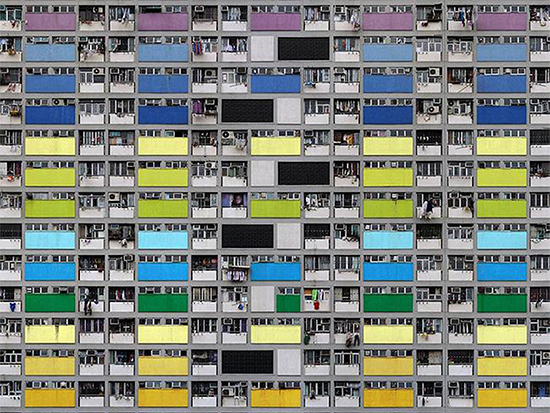
Why do we live where we live?
In a lively Architecture Forum discussion, I tackled the question of why we choose where we live. (view presentation) It’s a hard choice, especially if it means choosing between the dense core of a city as opposed to a medium density periphery or a low-density suburb. There are mix of factors, both tangible and intangible, that influence both the choice of where to live, and also how we plan / design these places. It became clear that a number of factors influence each decisions that range from quality of design to quality (or quantity) of income. It was enlightening to talk about that these same factors influence both the planning process and the choice of a home.
What makes Boston special?
To set a basis for comparison and frame the discussion, I examined examples of three similar new developments in Amsterdam (Westerdok), Seattle (South Lake Union) and San Francisco (Mission Bay) to compare with Boston (Seaport Innovation / Fort Point Channel).

All four mixed use areas are similar in size and began a redevelopment / rezoning process within the last 10 years; all are reclaimed land that was formerly rail yards or warehouses; and all are close proximity to the urban core and regional transit hub.
Why choose?
There are both tangible and intangible choices in where to live – and how to plan it. Intangible factors include family bonds, social networks, social status, personal advantage and personal desire. The tangible aspects include commuting options, affordable and appropriate housing stock, private and public open space and the proximity of “life-support” components (schools, places of worship, groceries or markets and entertainment). Depending on individual desire, these factors weigh more or less in each neighborhood.
Neighborhood DNA
Each of the four developments had a varied approach to design and planning components. From transit access, public open space, private open space and type of building and unit mix, it became clear that there is a lot that makes cities unique. Some components such as a major institution (UCSF in Mission Bay) or private enterprise campus (Amazon in South Lake Union) have positive impacts that Boston’s Seaport development lacks. The length and mode of commute (and the after work commutes to school, events or groceries) is also very, very important.
A garden for everyone
Planning and zoning code requirements for private (or semi-private) outdoor space are important. Where it is required, the architectural character – and desirability – of neighborhoods appears to increase. When left to individual developers, private balconies or gardens are often eliminated. It was clear that everyone wants a little piece of the outdoors to call their own.
3 is the magic number
I also asked the question of whether family friendly neighborhoods are more vibrant? In most cases, but not all, new developments seem to focus on several small units. These range for the new “micro-unit” trend to a preponderance of studio or one / two bedrooms apartments. The lack of three or more bedroom flats / apartments limit the ability for families to choose these new neighborhoods. It also deters development of school systems there, too. The ultimate result forces families to the suburbs and pushes new developments to the trendy fringe: yuppies, hipsters or retirees.
Where would you live?
In the end, we talked a lot about how architects can influence new urban development and whether architects should live in cities. Perhaps my 700 square foot condominium and bicycle commute from Boston’s South End skewed my view, but I think that we should live in cities and that we can help make them better places to live and work.
For Bostonians, the upcoming mayoral election offers the opportunity to support candidates who value good planning and urban design. For others, leading by example seems the best course: participation in your local planning boards and design review process, advocating for good design and using your skills to help make wherever you live a better and more vibrant place.


